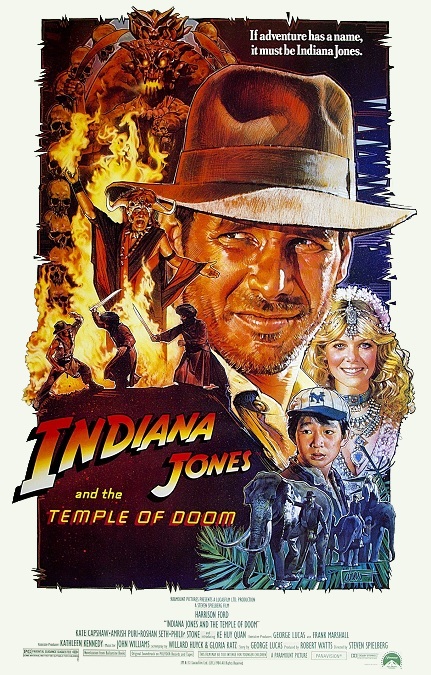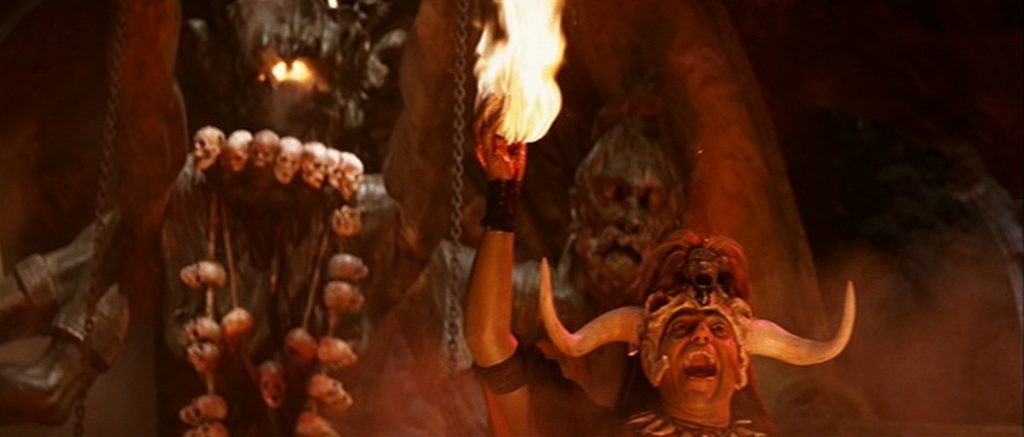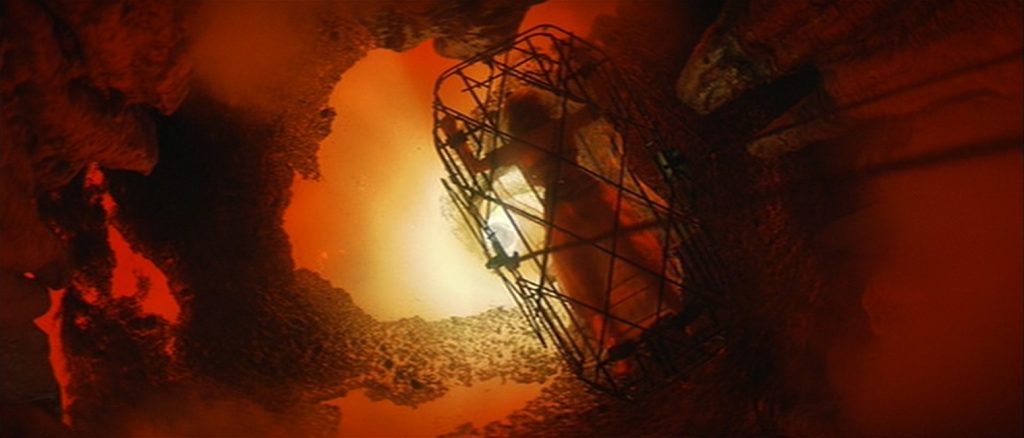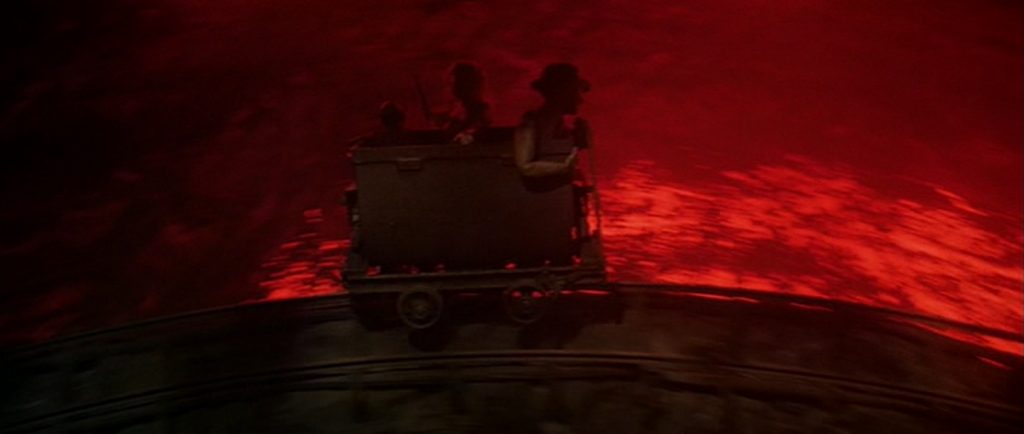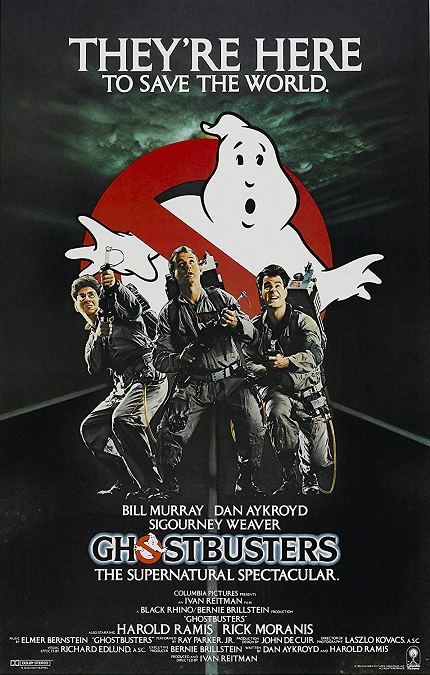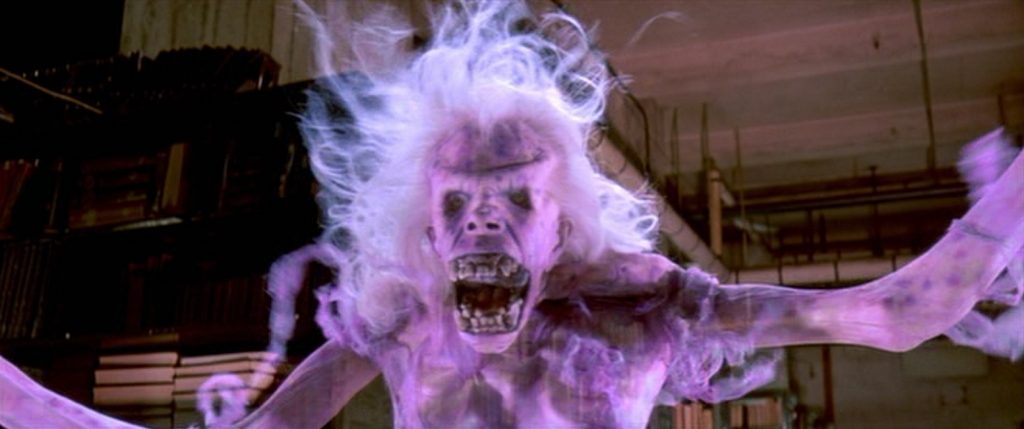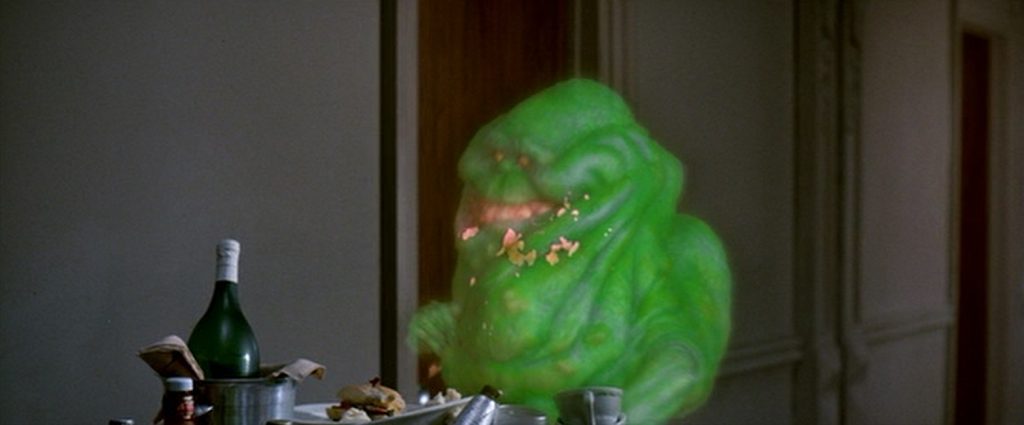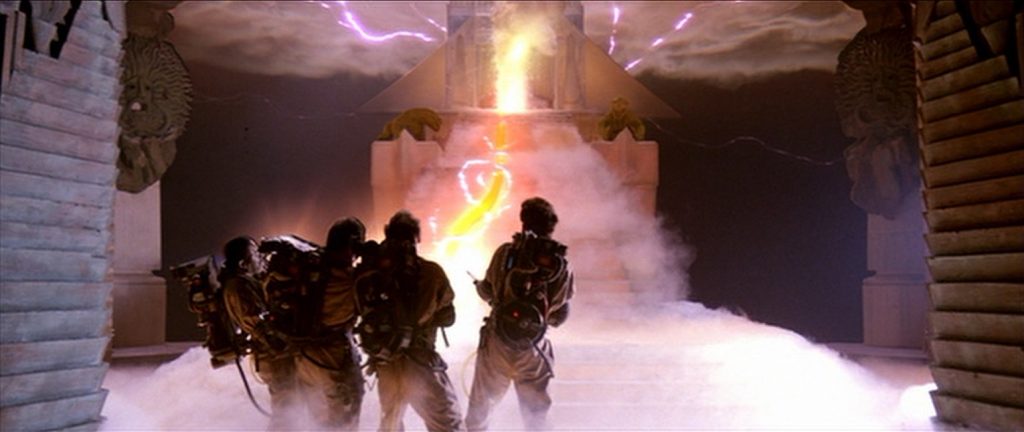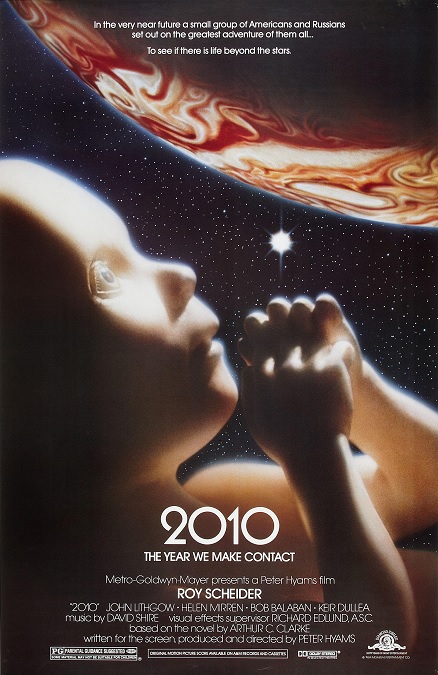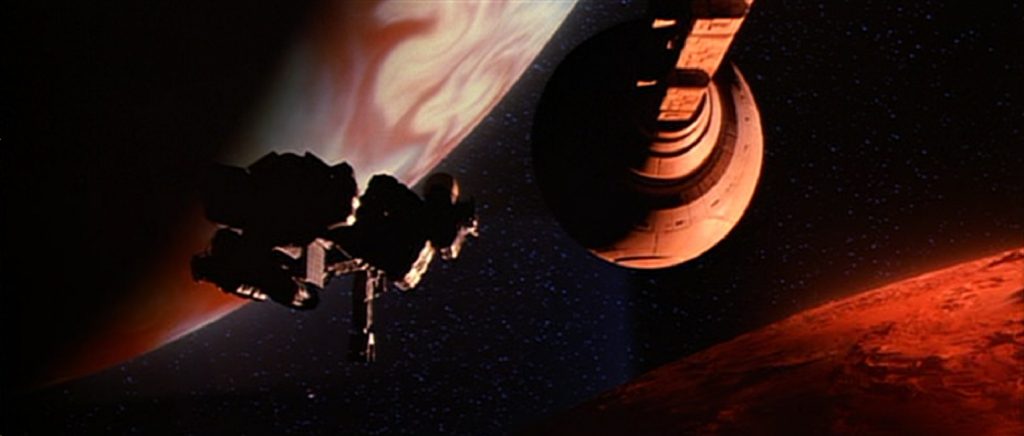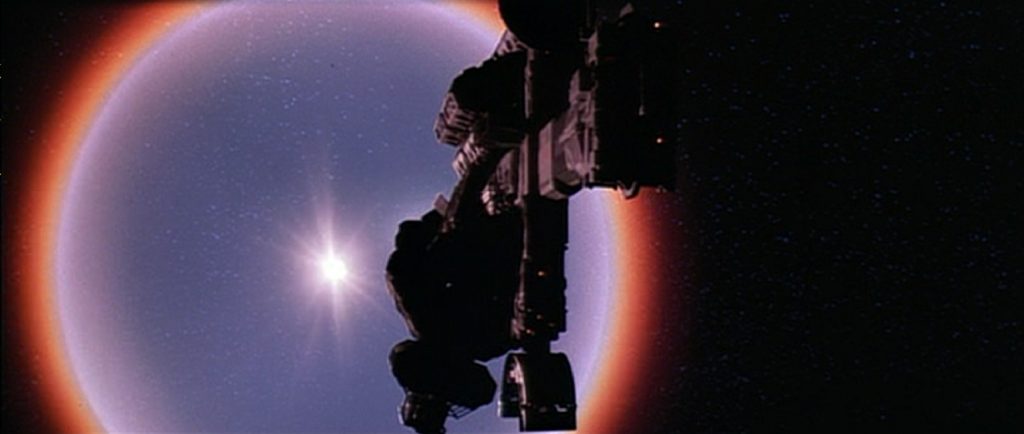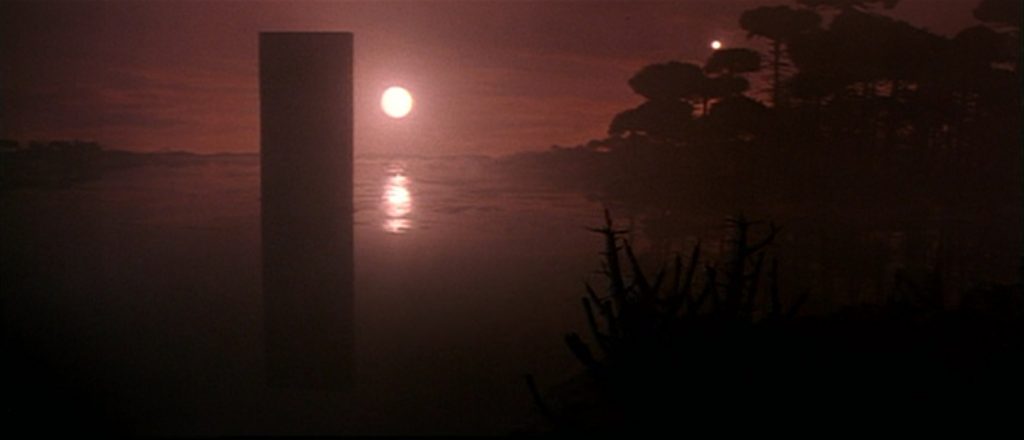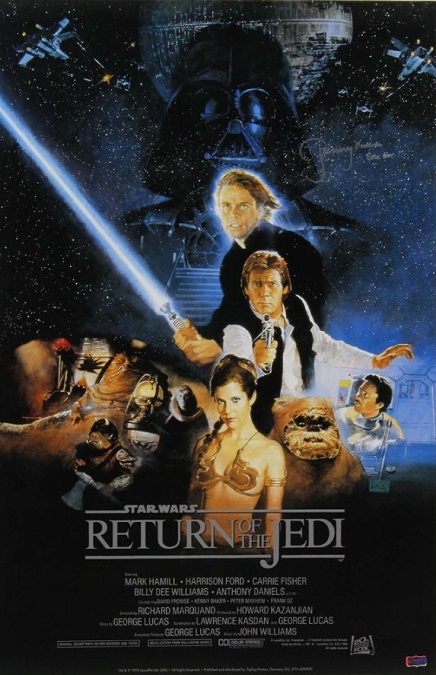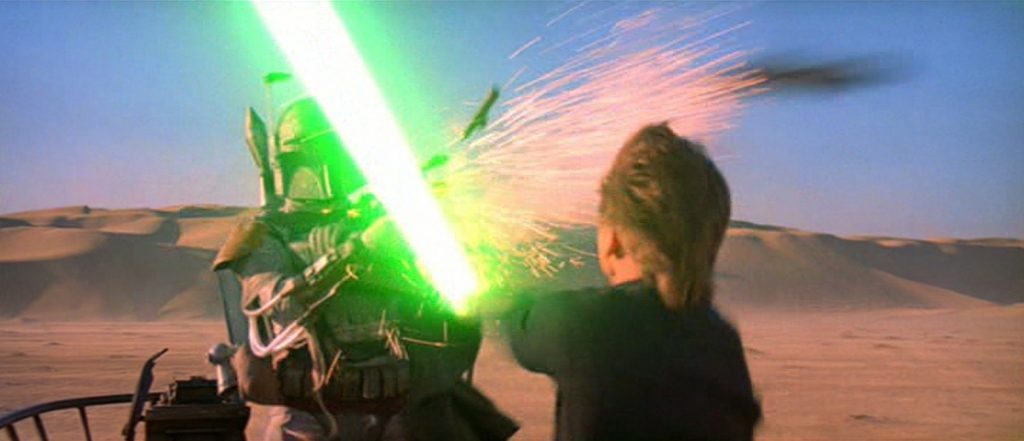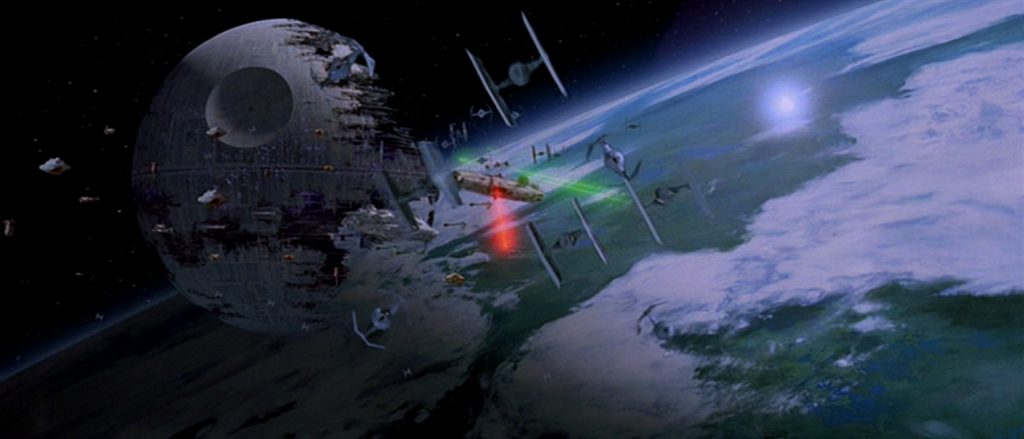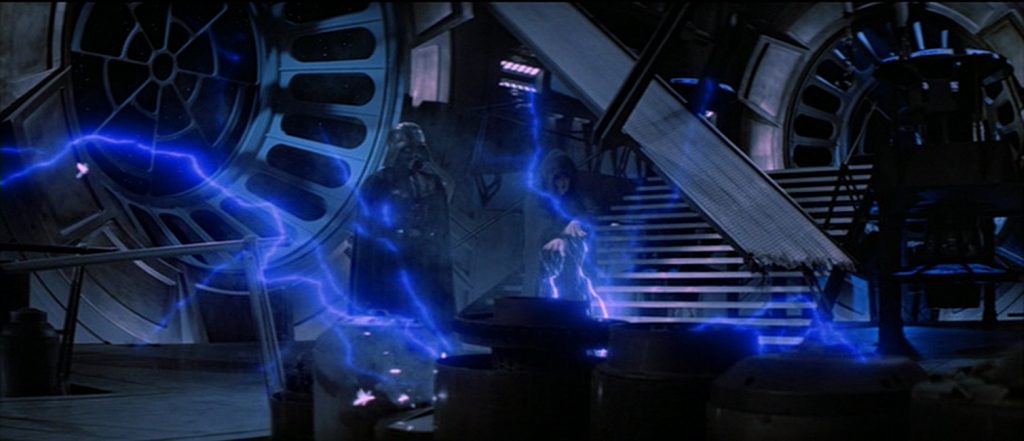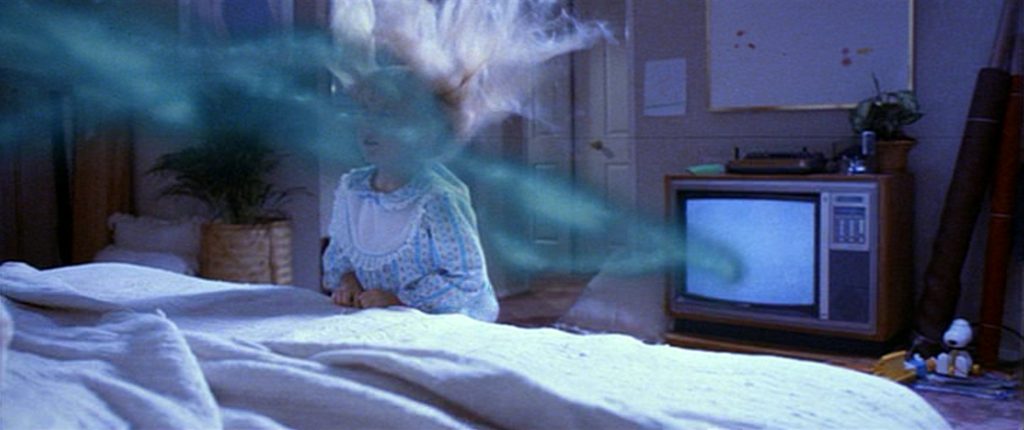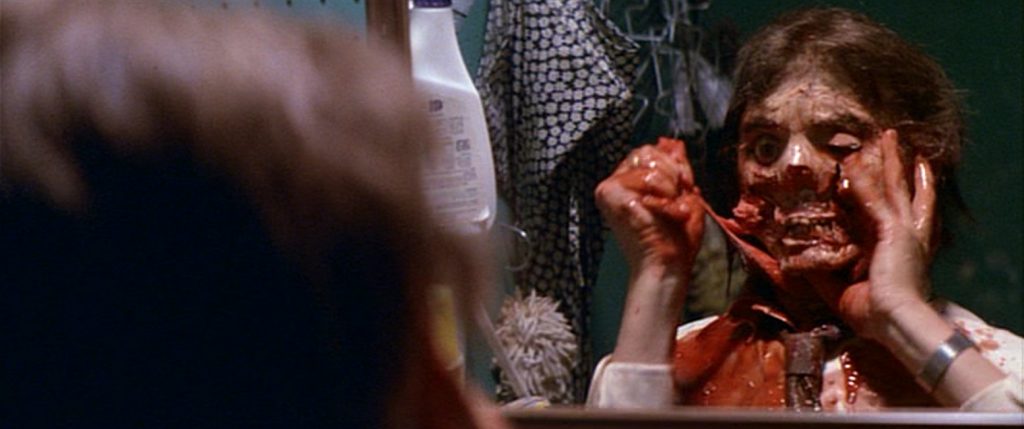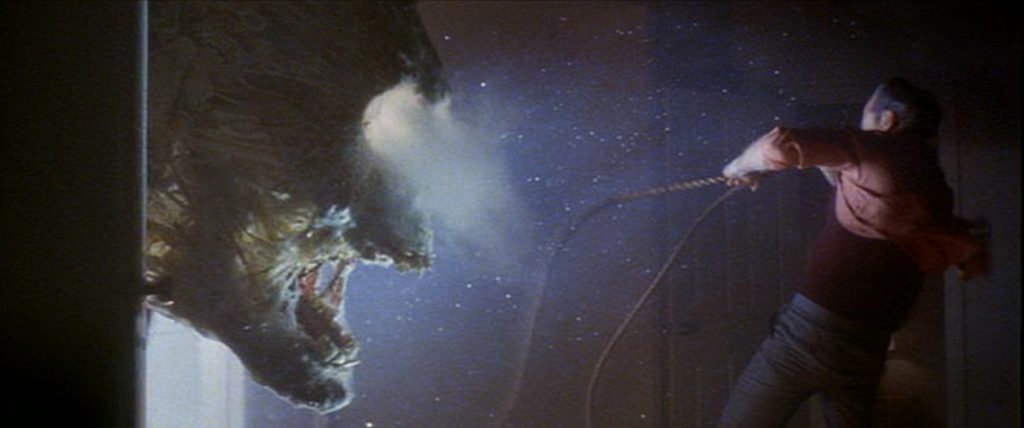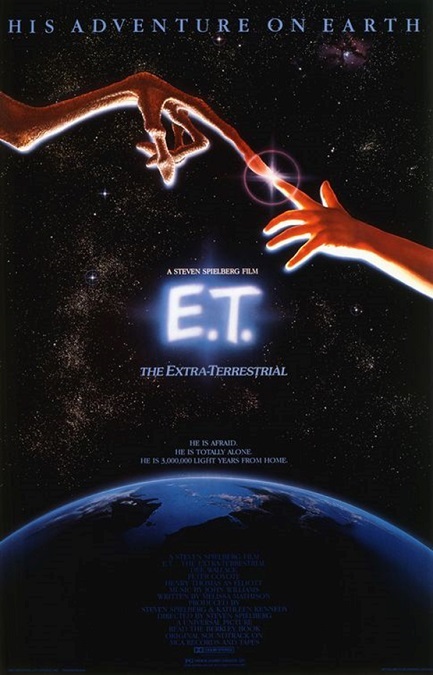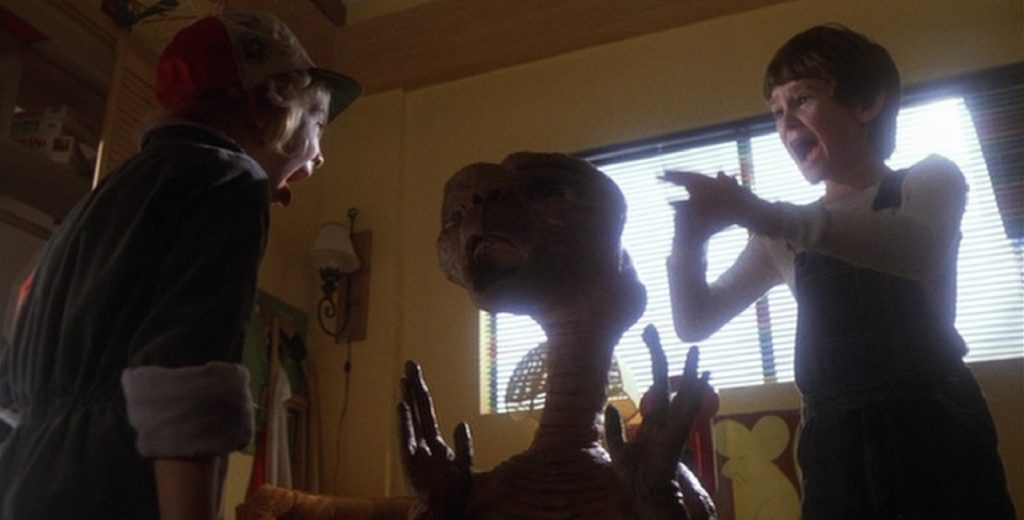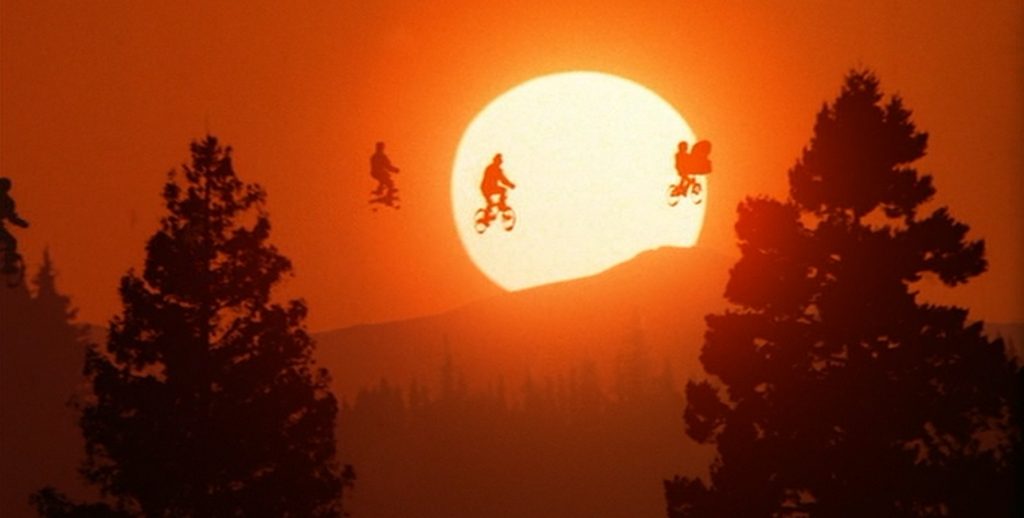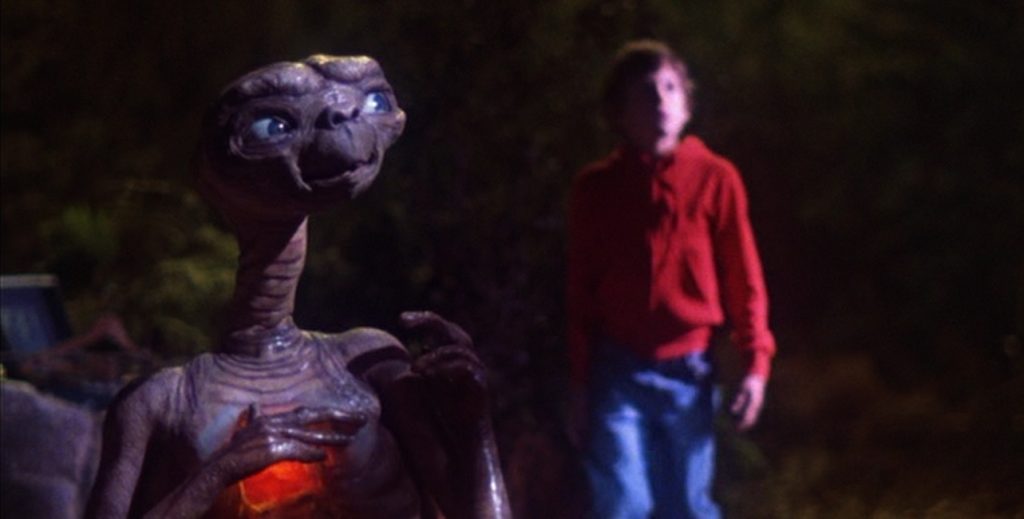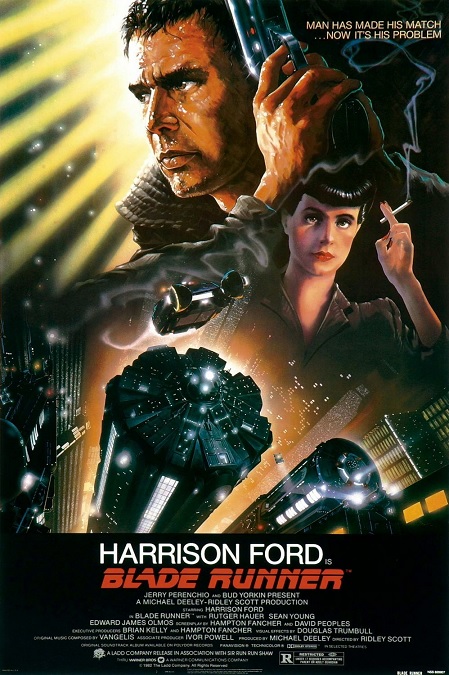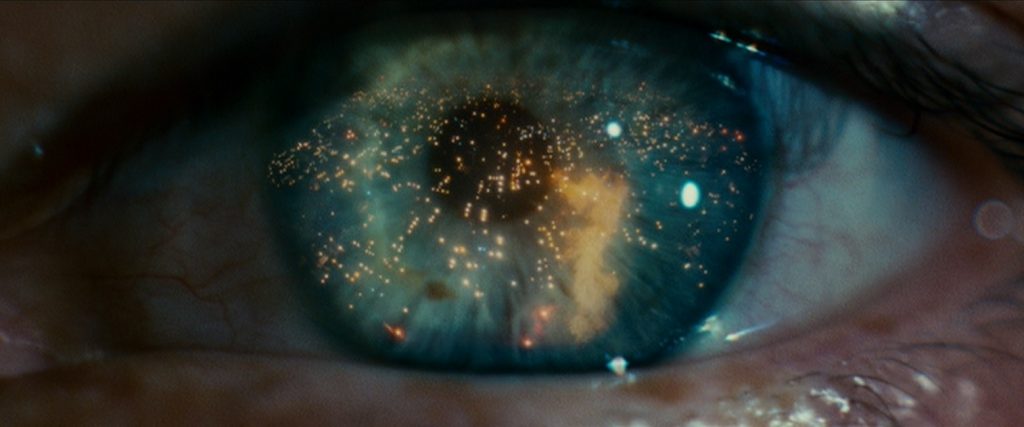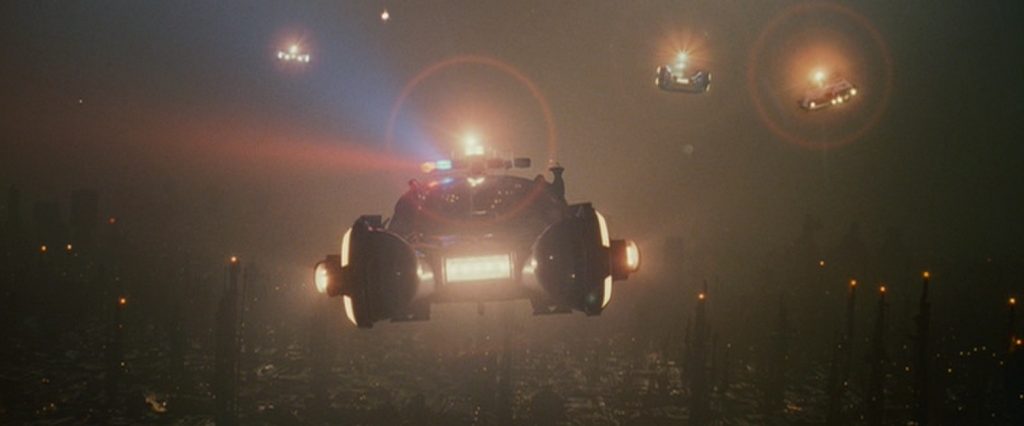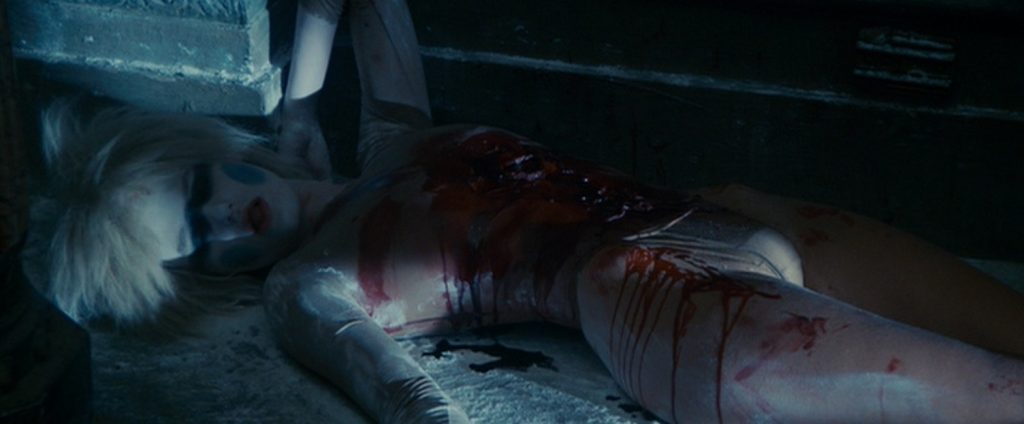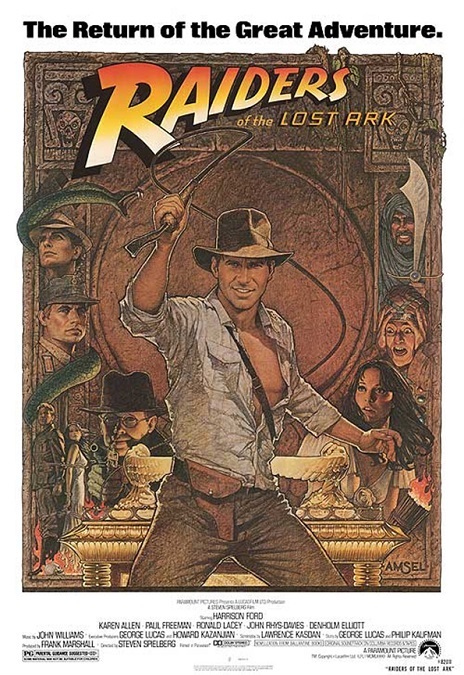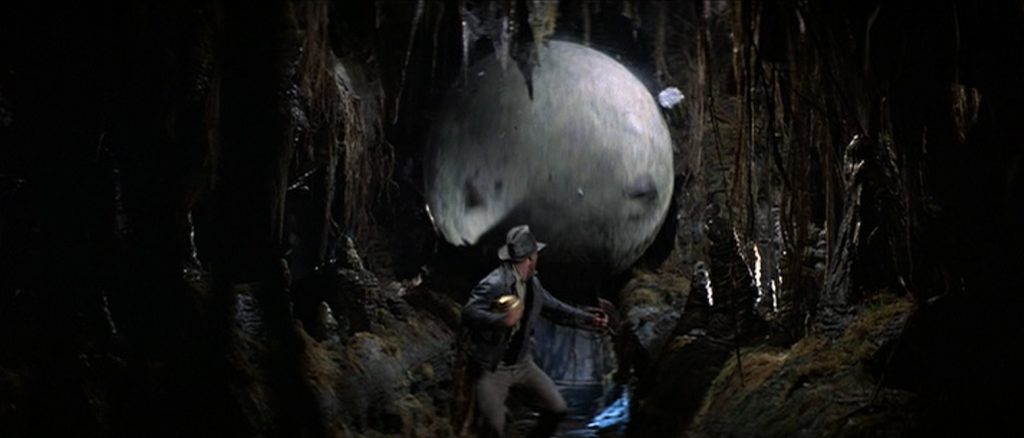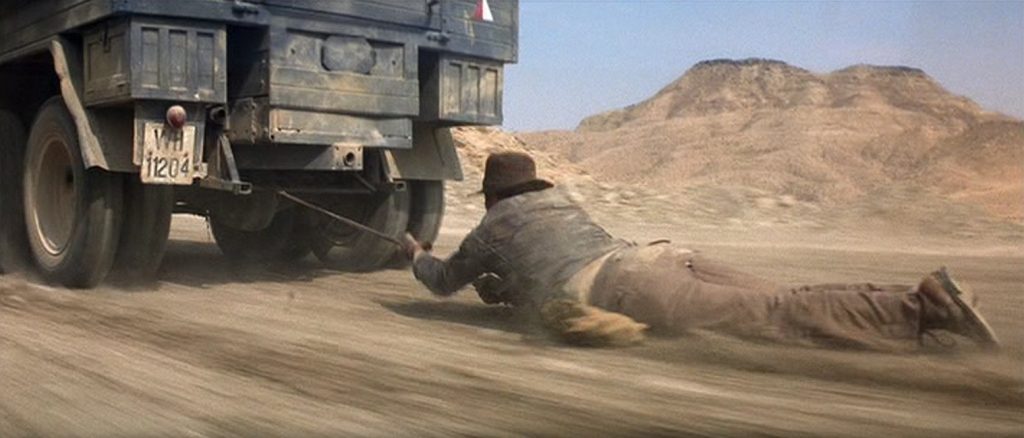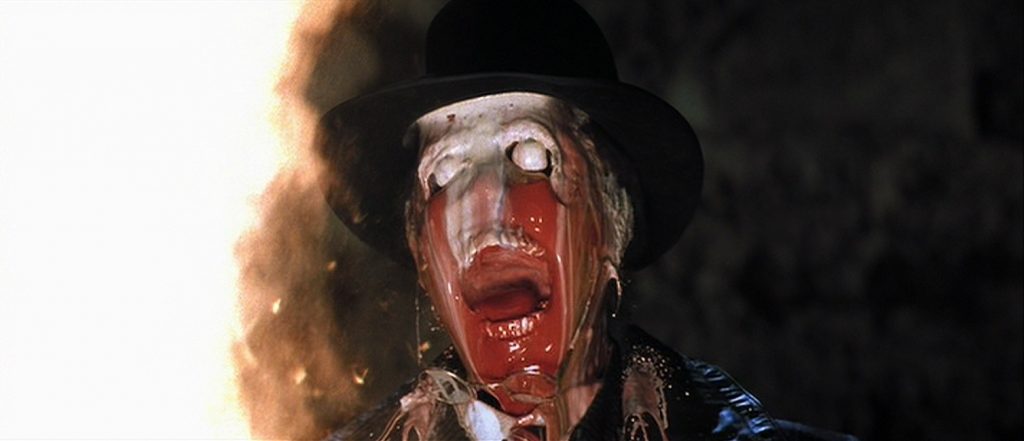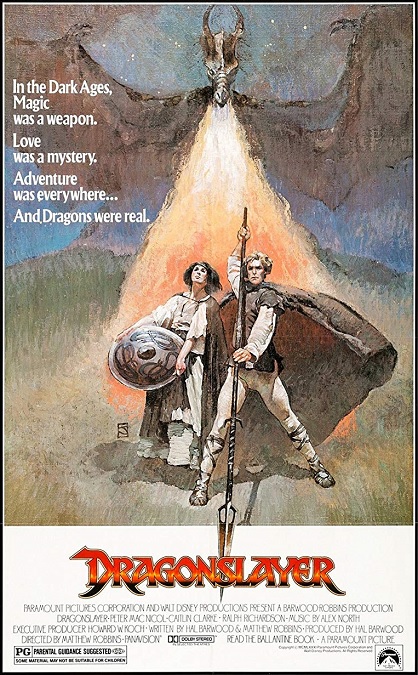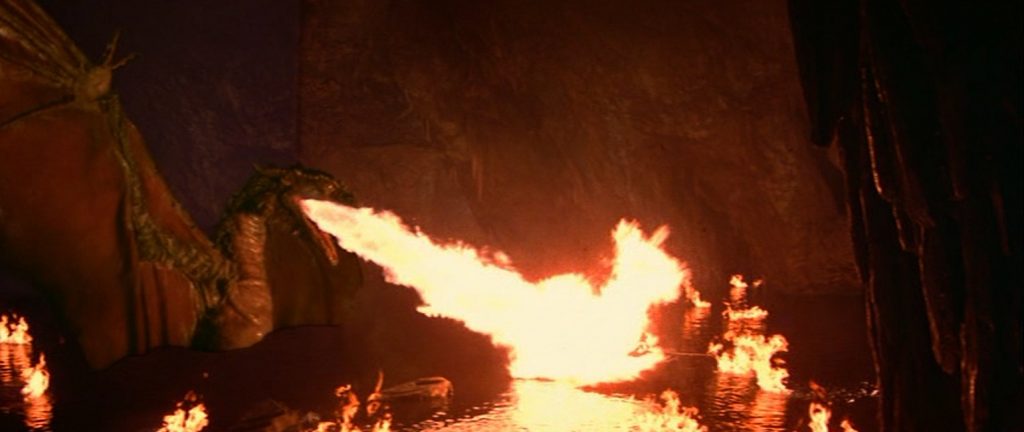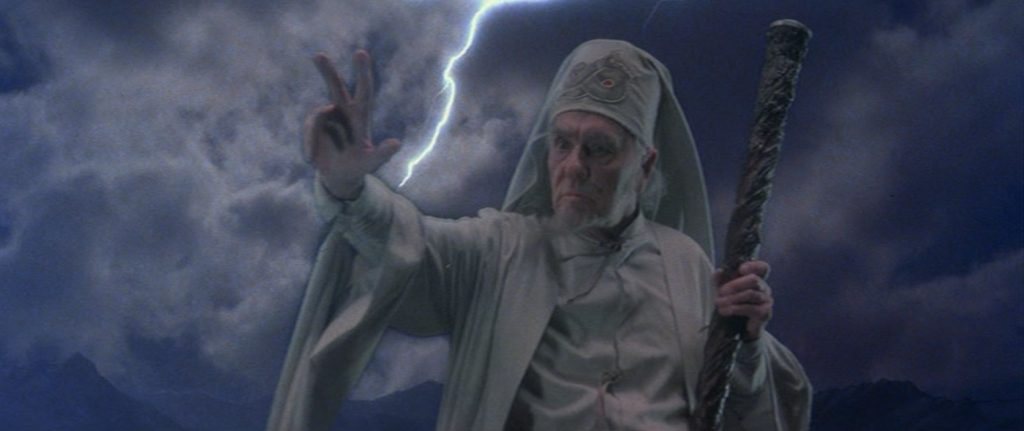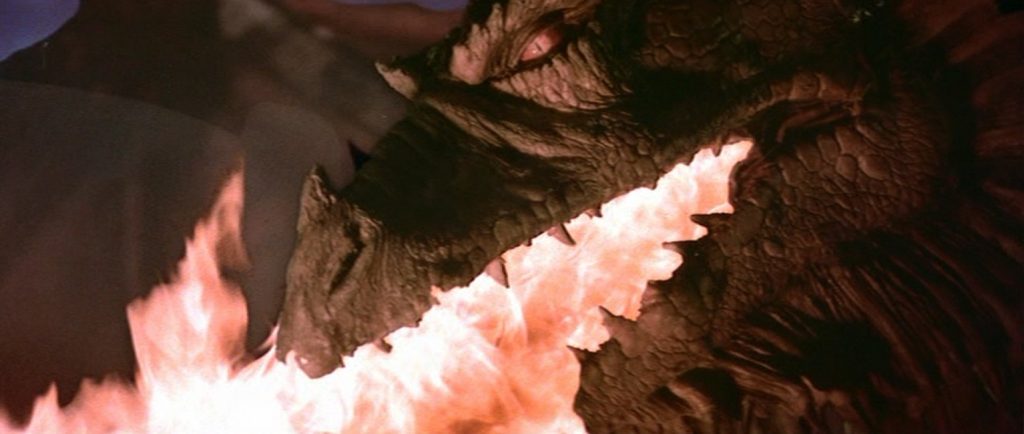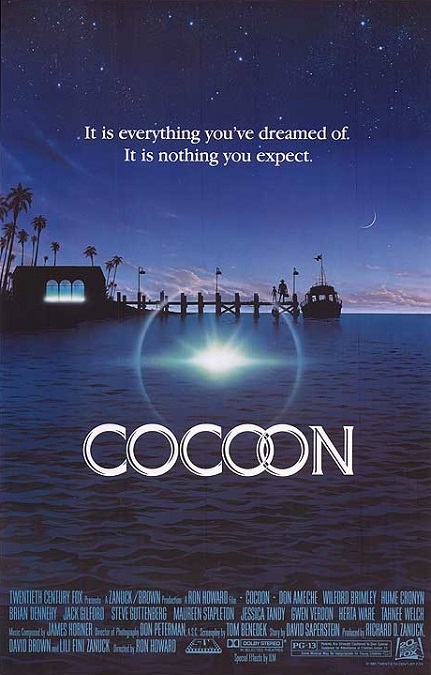
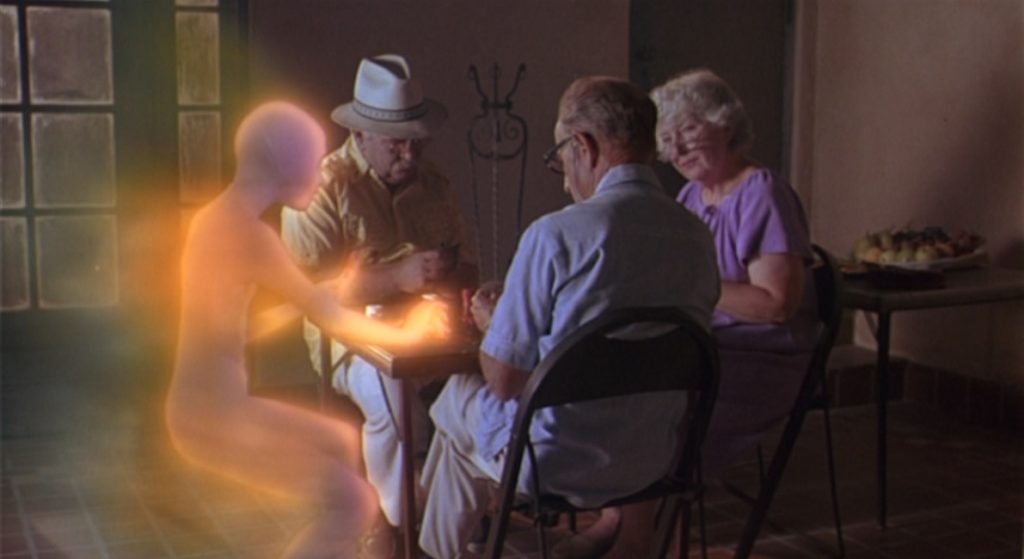
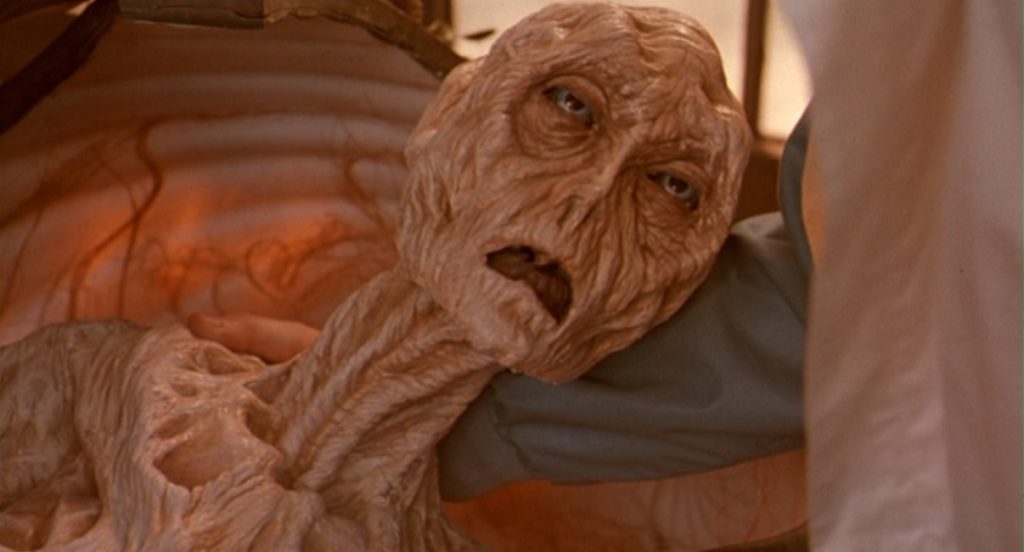
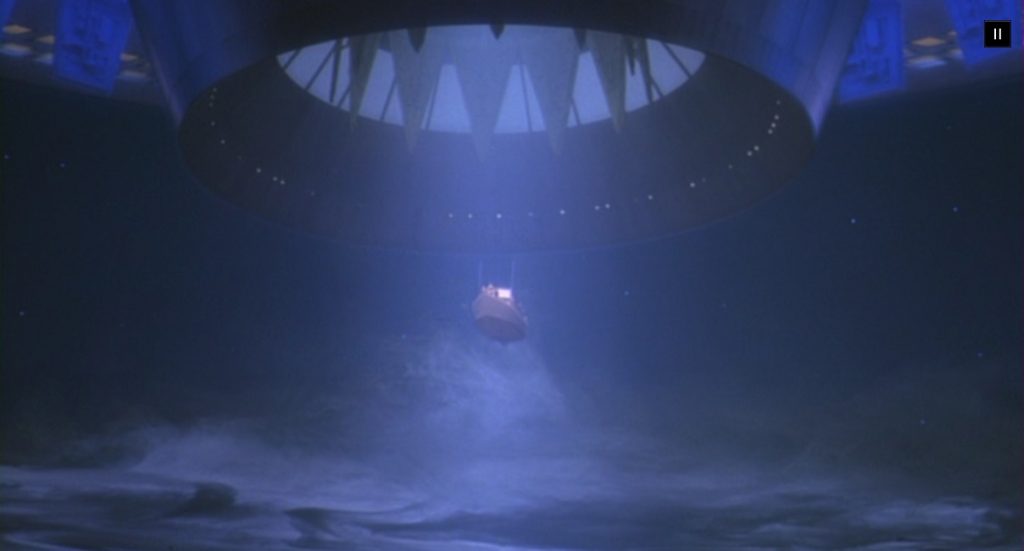
Cocoon – 1985 (WINNER)

The special effects for this film were surprisingly better than I remember them being. It took home the Oscar for the category, but were the effects really better than those of its competitors? There was Young Sherlock Holmes which had the first fully CGI character ever, and there was Return to Oz which had some amazing Claymation effects and a headless witch. Well, that’s an easy question to answer. Yes, I believe it deserved its win.
While its effects weren’t necessarily flashy or over the top, until the climactic scene, they were incredibly well done. Everything was seamless and carefully crafted. The effects really consisted of four things. There were the aliens without their human skins, the intimate moment between the female alien and Steve Guttenberg, the dying alien in the cocoon, and the arrival of the space ship at the end of the film.
The first view we got of one of them was when Kitty removed her fake human skin, and Jack spied on her like a peeping tom. She glowed like she was almost made of light. The aliens were ethereal, luminous creatures that were almost fairy-like. I thought it was cool that when we saw one in flight, the delicate mist that trailed after it looked like magical fairy wings.
This led to the next effect, the alien sexual encounter, which did not involve any physical contact at all. As Kitty released her emotions, her body began to change colors, and a spinning, glowing ball of red and gold energy rose from her naked form. It flew around the room a bit, bouncing off the walls and ceiling, gaining intensity, until it crashed into Jack’s chest, making him glow like the aliens, except green instead of red.
Next was the dying alien which appeared to be an animatronic construction, but it didn’t need to be anything more. It was near death, so it was supposed to look dried out, hard, and sickly, and it did look appropriately pitiful. It didn’t have to move too much or too quickly, so it looked like it should have been a relatively easy effect, and it was done well enough to create a very emotional scene.
But it was the climax of the film that really impressed me. Not only were we treated to a nice saucer-shaped space ship, but it created a massive swirling fog bank to hide itself from the coast guard. And when it lifted the boat full of senior citizens and aliens out of the water and into itself, it was really perfectly executed. There were no black outlines around the floating ship to indicate blue-screening. Everything looked incredibly polished and well-done!
I wouldn’t call this a special effects-heavy movie, but what they did, they did extremely well. I’d say that most of the film was the drama surrounding the seniors. But the effects really enhanced the drama, and when compared to the other nominated films in the category, I think Cocoon really deserved its Oscar.
